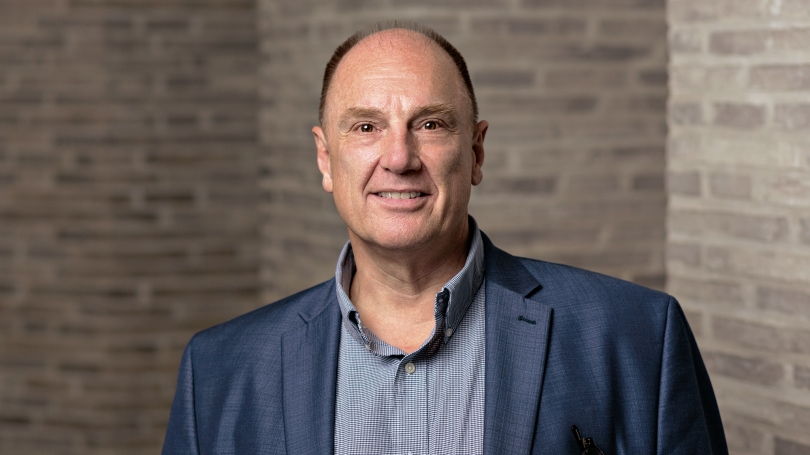A MACHINE FOR ENGAGING ART IN
John Stomberg, Virginia Rice Kelsey 1961s Director
Hood Quarterly, winter 2019
At the height of the 1920s pan-cultural embrace of the machine as a metaphor for everything planned, modern, and promising of a bright future, Le Corbusier (Charles-Édouard Jeanneret) wrote that "a house is a machine for living in." My title takes liberty with Corbu's quote, but not his idea that architecture should be purpose-built, like a machine. He argued that contemplating the needs that a structure had to address, and how it would work best, offered architects a clear path toward good design. This notion, once radical, has been a foundational concept for architecture over the last century.
A museum is inherently a more complicated mechanism than the house to which Le Corbusier refers, but his point maintains, and the new Hood addresses multiple demands and will work remarkably well. Visitors will immediately recognize the museum and know where to enter. Students will learn—with art—in technologically advanced study galleries. Professors will meet with their museum colleagues in a variety of planning rooms. The art will shine in galleries that seem to treat every object as if it were the most important thing in the collection. The staff will work daily in spaces conducive to everything from lively discussion to quiet contemplation. Passersby will be able to move through a lovely passageway uniting the northern and southern ends of campus. And the campus and local communities will be able to enjoy a wide range of events—both formal and spontaneous—in the new atrium. The building will function brilliantly, meeting myriad needs simultaneously and successfully.
But to think of the new Hood only in terms of its function would be like praising a dancer for crossing the stage. Tod Williams and Billie Tsien have worked tirelessly for years to choreograph how we experience the space. The visual arrangements of forms, the colors and textures of the materials, the many sightlines that the architects have created, and the interaction of the collection and its architectural host coalesce into nothing less than a participatory performance. We move, we see, we feel—we animate and activate the building and all it has to offer.
Ultimately, the machine metaphor may dissipate with time. As our visits increase and our memories accrue, it might be replaced by an uncanny sense of the Hood as a living being—a gargantuan and elegant friend whose depths we understand and appreciate increasingly over the years. As we live with our new building, our relationship will grow and evolve. It will become a part of us and our lived experience. It will, in short, shape our expectations, transport us through time and space, and mark us indelibly with impressions of human contact.
That is the magnitude of this gift from Tod Williams and Billie Tsien.
On behalf of the Hood and Dartmouth, welcome to a new age for art and engagement. We look forward to sharing anew the sense of wonder and excitement that results from great art displayed in amazing spaces with brilliant interpretation.
